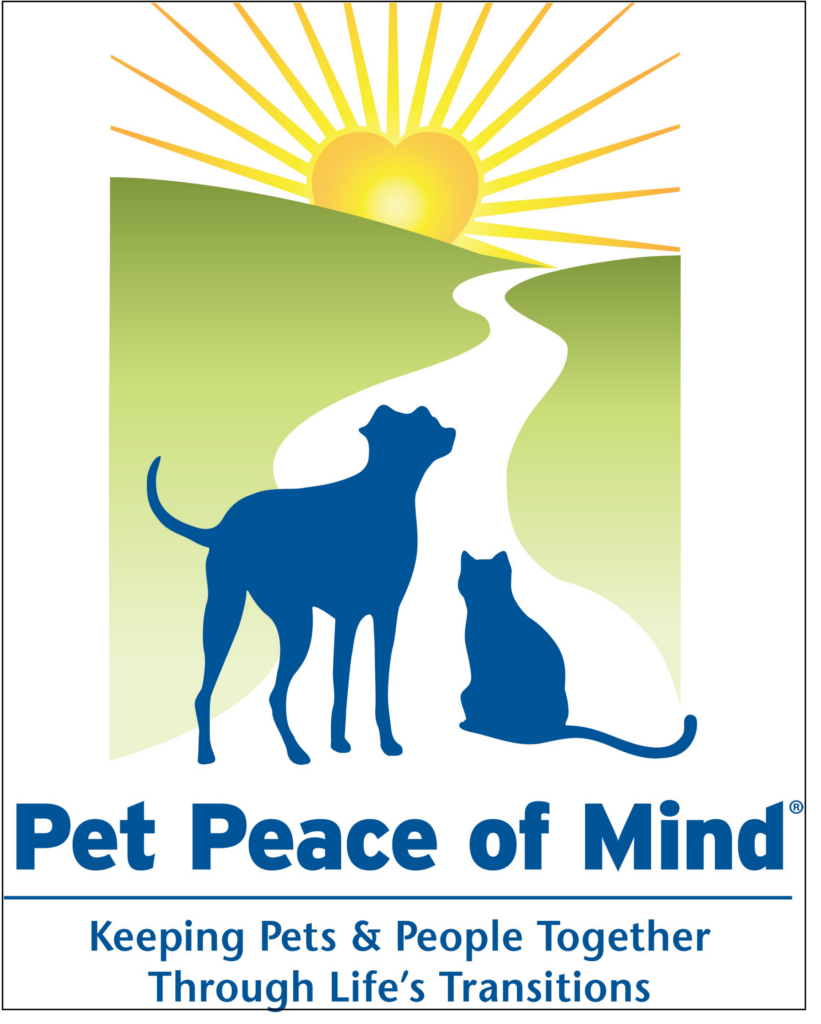by Kristin Rowan, Editor
Care at Home Through Medicare and Medicaid
Adjustments from OBBB
Despite the passing and subsequent signing of the reconciliation bill, numerous lawsuits have paused its implementation in some areas. We will continue to report on those court decisions as they arise. In the meantime, the care at home industry can look at the few adjustments that will positively impact the industry.
Medicaid Waivers
Prior to this, the HHS Secretary could only approve Medicaid waivers to cover home and community-based services for beneficiaries who already met institutional level-of-care criteria. This bill provides additional flexibility to define waiver eligibility without the institutional level-of-care criteria.
For FY 2026, CMS has an additional $50 million to oversee the new waivers. There is an additional $100 million earmarked for FY 2027 to deliver HCBS under new and existing waivers. Although the expanded waivers and additional budget will not satisfy the more 700,000 on waiting lists for HCBS, it is a start.
Rural Health Transformation Program
For five years, beginning in 2026, states can apply for a portion of a $10 billion annual fund for rural health providers. To qualify, providers must submit a rural health care plan that includes technology adoption, local partnerships, using data-driven methods, and setting strategies for financial stability. This could provide an opportunity for care at home agencies to partner with rural hospitals to help provide care in rural settings.
Health Savings Accounts
Health Savings Accounts (HSAs) allow insurance beneficiaries to save money to pay for deductibles, copays, and other services not covered by insurance (such as non-medical supportive care and home health). Currently, people can only use HSAs if they have a high deductible health plan (HDHP). The bill allows for a plan to be considered an HDHP even if it covers telehealth and remote health services prior to meeting the deductible. Insurance companies can design new HDHPs that can be used with HSAs.

Another change to HSAs involves the type of plan that qualifies. Currently, bronze and catastrophic plans cannot be considered HDHPs because their out-of-pocket limits exceed IRS limits for HDHPs. The bill allows bronze and catastrophic plans to qualify as HDHPs and have access to HSAs.
Additionally, current regulations prohibit anyone with a Direct Primary Care (DPC) arrangement from contributing to our using HSAs. DPC is an arrangement with a flat monthly fee for services rather than using insurance for routine care. The bill removes the limitations, allowing people with DPC arrangements to contriute to HSAs and use them for DPC arrangements.
Adding telehealth/remote plans, bronze plans, and catastrophic plans to HSA eligibility could provide opportunities for care at home agencies to connect with beneficiaries of these plans who did not have expendable funds for non-covered services before, but can now use HSAs. Allowing patients with DPCs to use HSAs could provide yet another path to increasing patients by partnering with DPC offices.
Final Thoughts
As a whole, we are anticipating great disruption to Medicare and Medicaid stemming from the budget reconciliation bill. While we await the final word on legality from the U.S. Supreme Court on many of the provisions, we can look to the ones that may help brace the industry in the meantime.
# # #


Kristin Rowan has been working at The Rowan Report since 2008. She is the owner and Editor-in-chief of The Rowan Report, the industry’s most trusted source for care at home news, and speaker on Artificial Intelligence and Lone Worker Safety and state and national conferences.
She also runs Girard Marketing Group, a multi-faceted boutique marketing firm specializing in content creation, social media management, and event marketing. Connect with Kristin directly kristin@girardmarketinggroup.com or www.girardmarketinggroup.com
©2025 by The Rowan Report, Peoria, AZ. All rights reserved. This article originally appeared in The Rowan Report. One copy may be printed for personal use: further reproduction by permission only. editor@therowanreport.com



